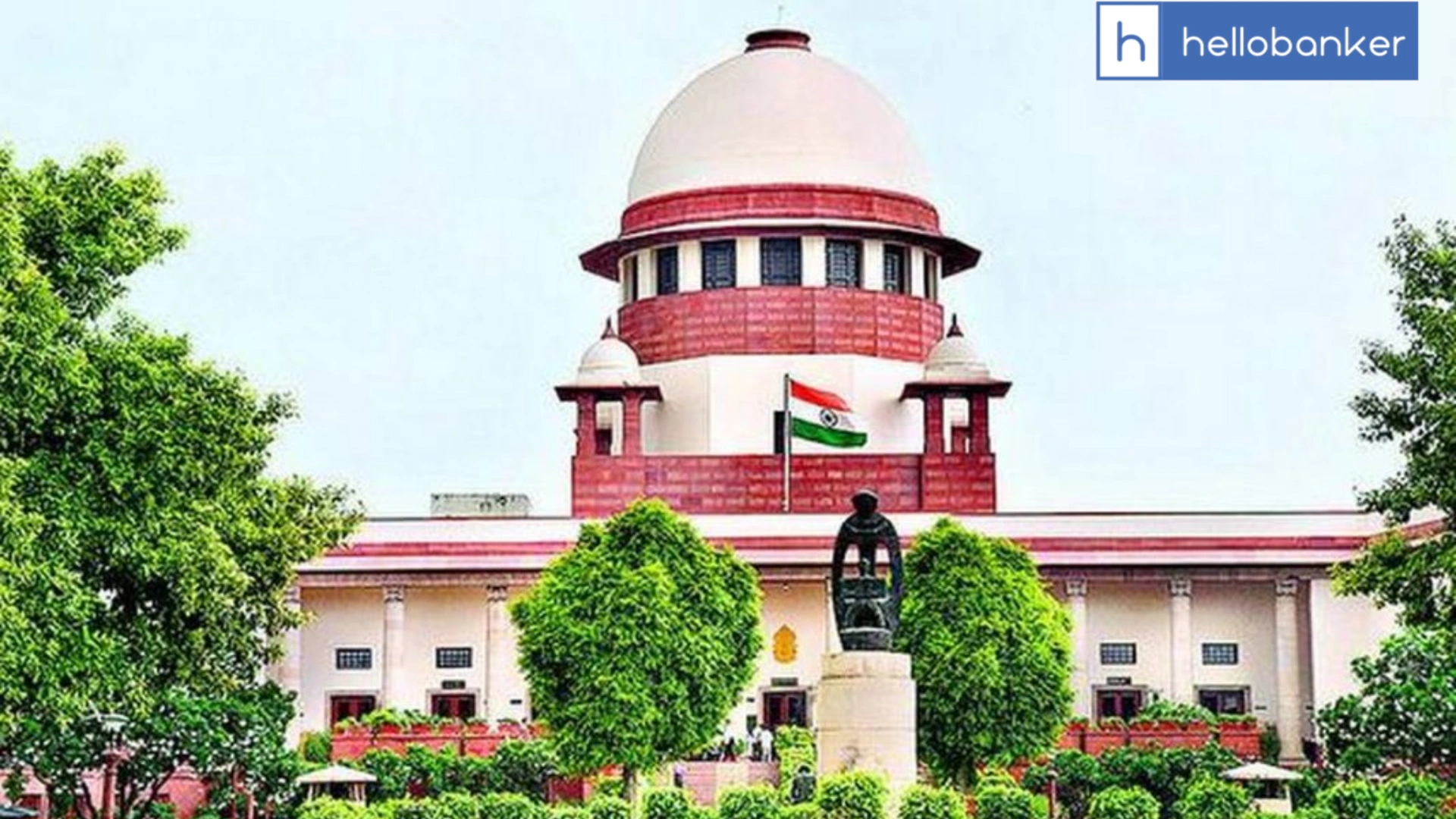| ➡️ Get instant news updates on Whatsapp. Click here to join our Whatsapp Group. |
The Supreme Court of India has recently revived a criminal case against a Bank of India official over the suspicious revaluation and auction of gold that had been pledged for a loan. The Court set aside a previous decision by the Patna High Court, which had earlier quashed the FIR filed by a borrower against the bank official.
What Is the Case About?
The case revolves around a gold loan taken by a person (the appellant) from the Motijhil Branch of the Bank of India. To secure the loan of ₹7.7 lakh, the appellant had pledged 254 grams of 22-carat gold ornaments.
Although the loan was repaid — albeit after a substantial delay — the bank revalued the gold and then auctioned it, which raised serious concerns. The borrower was surprised and questioned why the bank needed to revalue and auction the gold even after the loan had been settled.
Why the FIR Was Filed
- The borrower claimed he was asked to pay ₹8,01,383.59, including interest.
- He later requested the return of his gold, but the bank did not honor this.
- The bank got a second valuation done, claiming the first valuer had made errors.
- The gold was then alleged to be counterfeit, and the bank lodged an FIR against the borrower under Sections 420 and 379 of the Indian Penal Code (IPC) (cheating and theft).
- In response, the borrower filed a counter-FIR against the bank’s Branch and Credit Manager for criminal breach of trust and cheating under Sections 420, 406, and 34 IPC.
What the High Court Had Decided
The Patna High Court had quashed the FIR filed by the borrower. It believed that the FIR was filed just to harm the bank and that there was no ill intention on the part of the bank officials. The High Court also relied on the bank’s internal policies and the replacement of the first valuer as justification for the bank’s actions.
Supreme Court’s Response
The Supreme Court disagreed with the High Court’s decision. A bench of Justice Sanjay Karol and Justice Manoj Misra noted several important points:
- The High Court acted prematurely by assuming there was no wrongdoing.
- It is not possible to judge intent without a full trial and examination of evidence.
- Once the loan was settled, there was no clear reason for the bank to revalue or auction the gold.
- The appellant never had access to the gold after he pledged it. It was always kept under the safe custody of the bank.
- There was no third-party verification of the second valuation done by the bank.
- Whether fraud or misappropriation occurred can only be decided during the trial, not before.
The Supreme Court emphasized that a prima facie case (first impression of a possible offence) was made based on the FIR, and the trial should proceed to uncover the truth.
What This Means for the Case
The Supreme Court has restored the FIR and ordered that the criminal proceedings against the bank official should continue. The decision highlights the importance of thorough investigation and evidence-based judgment, especially in financial disputes involving customer assets like pledged gold.
